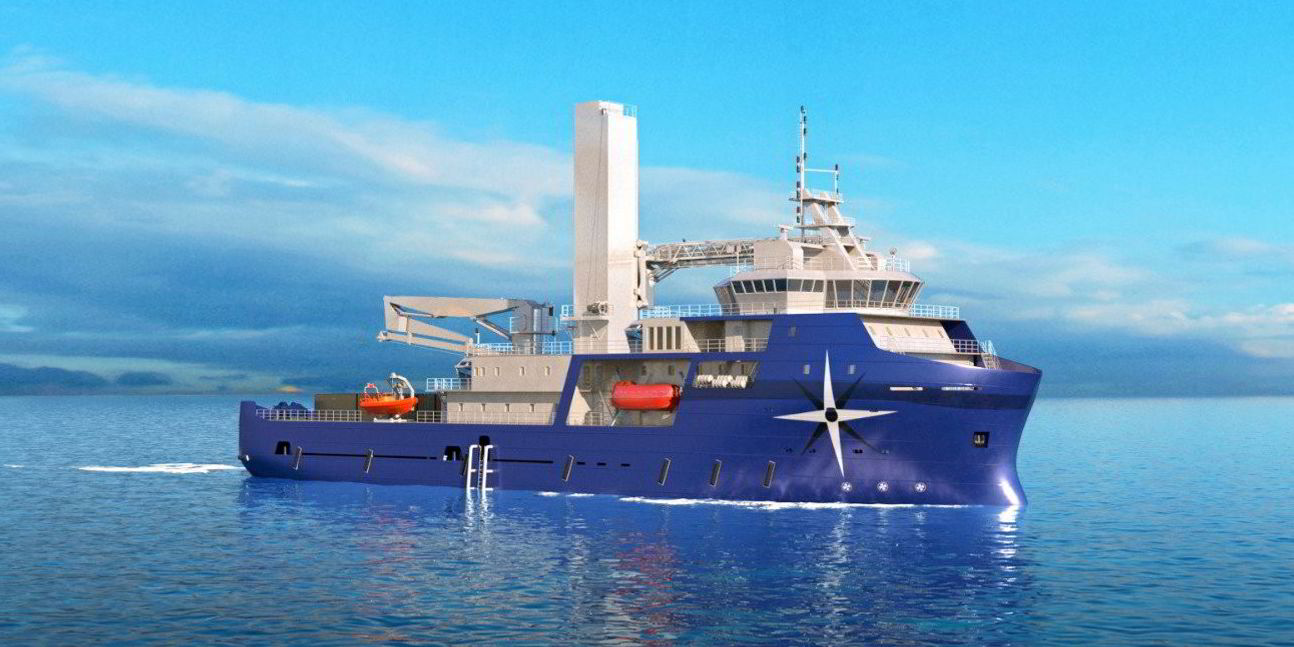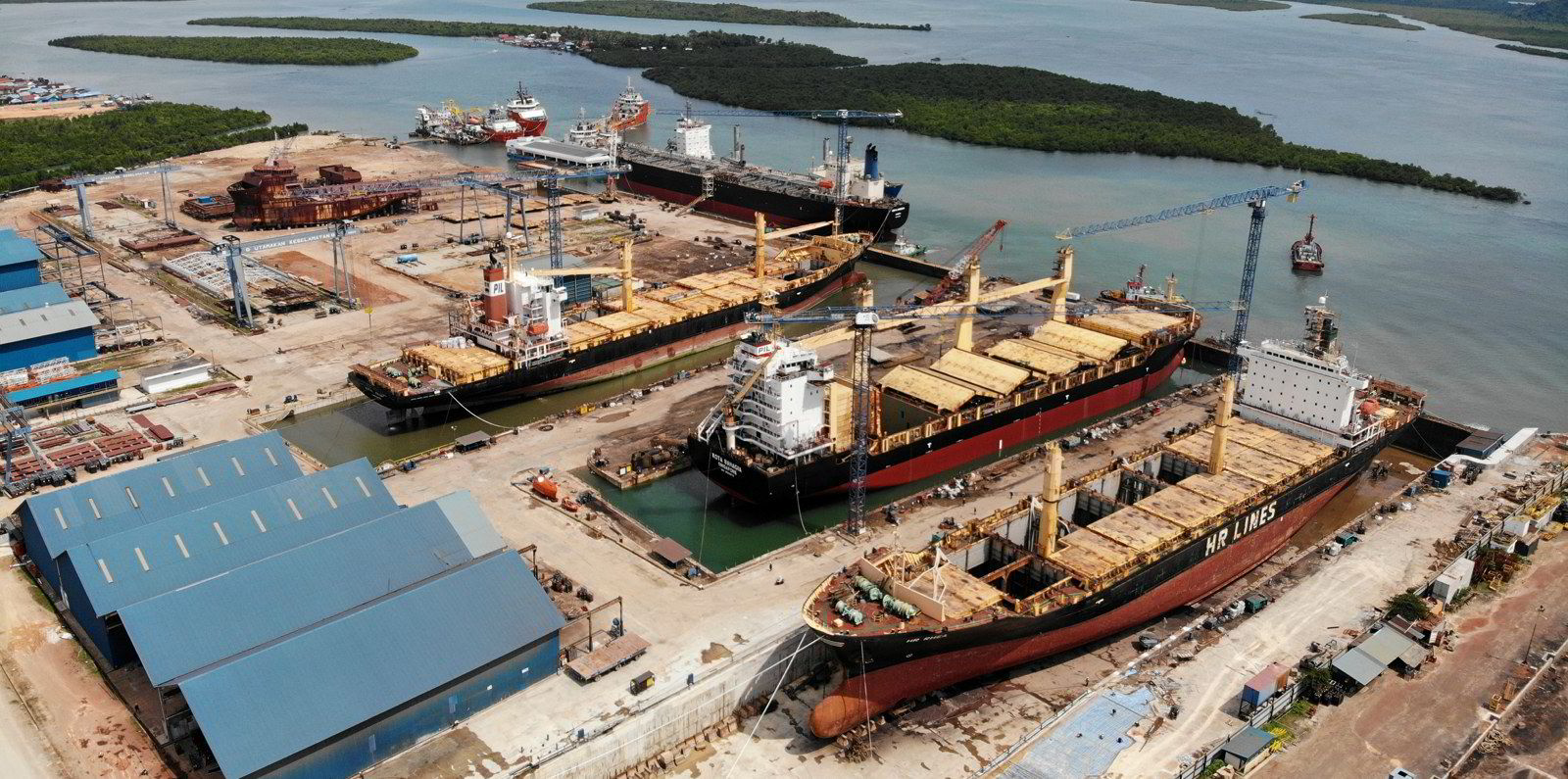Offshore and renewables company Marco Polo Marine saw its profits rise on the back of buoyant charter markets.
The company’s chief executive, Sean Lee, said: “We are encouraged by the strong performance in our ship chartering segment, driven by higher charter rates and favourable market conditions.”
The Singapore-listed company reported gross profit of $14.6m for the third quarter of 2024, up 2.6% year on year from $14.2m in the same period last year.
Marco Polo’s ship chartering segment “performed well” despite seeing a 6% year-on-year decline in average fleet utilisation rates to 86% in the third quarter, from 92% in the same period in 2023.
“This segment’s strong operating performance was driven by higher charter rates secured by its fleet of offshore support vessels amid a favourable supply-demand environment,” it added.
The group’s overall revenue for the third quarter decreased by 4.6% year on year to $34.9m, compared to $36.8m in the same quarter in 2023.
“The decline was due to lower revenue from its shipyard segment, where one of its three dry docks was fully utilised for the construction of its commissioning service operation vessel and was unavailable to take on third-party jobs,” Marco Polo explained.
Revenue for the nine-month financial year was up by 4% year on year to $96.5m.
Meanwhile, the delivery of its CSOV will be delayed by about four months, Marco Polo outlined.
“As a result of this delay, we anticipate that there will be a potential activation of the liquidated damages clause from the charter contract signed between Vestas Taiwan and the group’s Taiwan-based subsidiary, PKR Offshore,” it explained.
However, after considering the potential financial impact of the clause, the group does not anticipate a material impact on its net profit attributable to owners for the financial year ending 30 September.
Nonetheless, its shipyard segment saw strong utilisation rates, up 3% year on year to 96% in the third quarter of 2024.
Fourth dry dock
The group began building its fourth dry dock in May, which will be funded through a combination of operational cash flows and external financing from banks.
The project is expected to be completed by February and will contribute to the group’s revenue and profits by the second quarter of 2025.
Looking ahead, the company remains positive of its near-term outlook within the OSV market.
“The offshore oil and gas market is also anticipated to remain tight in the foreseeable future due to rising demand that is not sufficiently met by vessel availability,” it indicated.
“This tight supply-demand balance is expected to help sustain high charter rates for the group’s fleet of OSVs,” it concluded.





